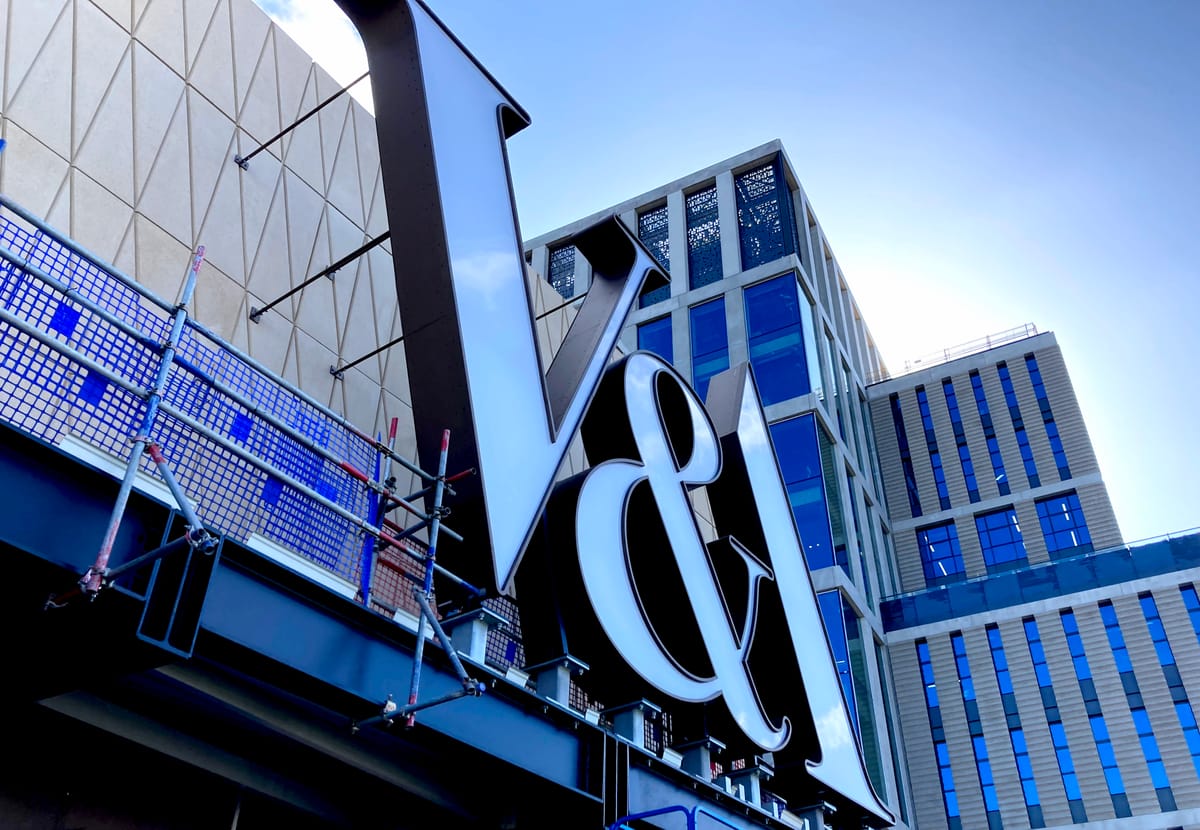
During 2023 URGE’s Alexie Sommer and Ralf Waterfield worked as consultants with the V&A to establish the sustainability strategy and approach for the design and delivery of two permanent collection gallery spaces within the O’Donnell + Tuomey designed V&A East Museum, due to open in Stratford’s Queen Elizabeth Olympic Park in 2025. Taking a science-based systems-thinking approach URGE worked in close collaboration with the project design team led by 3D designers JA Projects in collaboration with APFEL for 2D, Studio ZNA for lighting, Creative Technologies for AV design and managed by Fraser Randall.
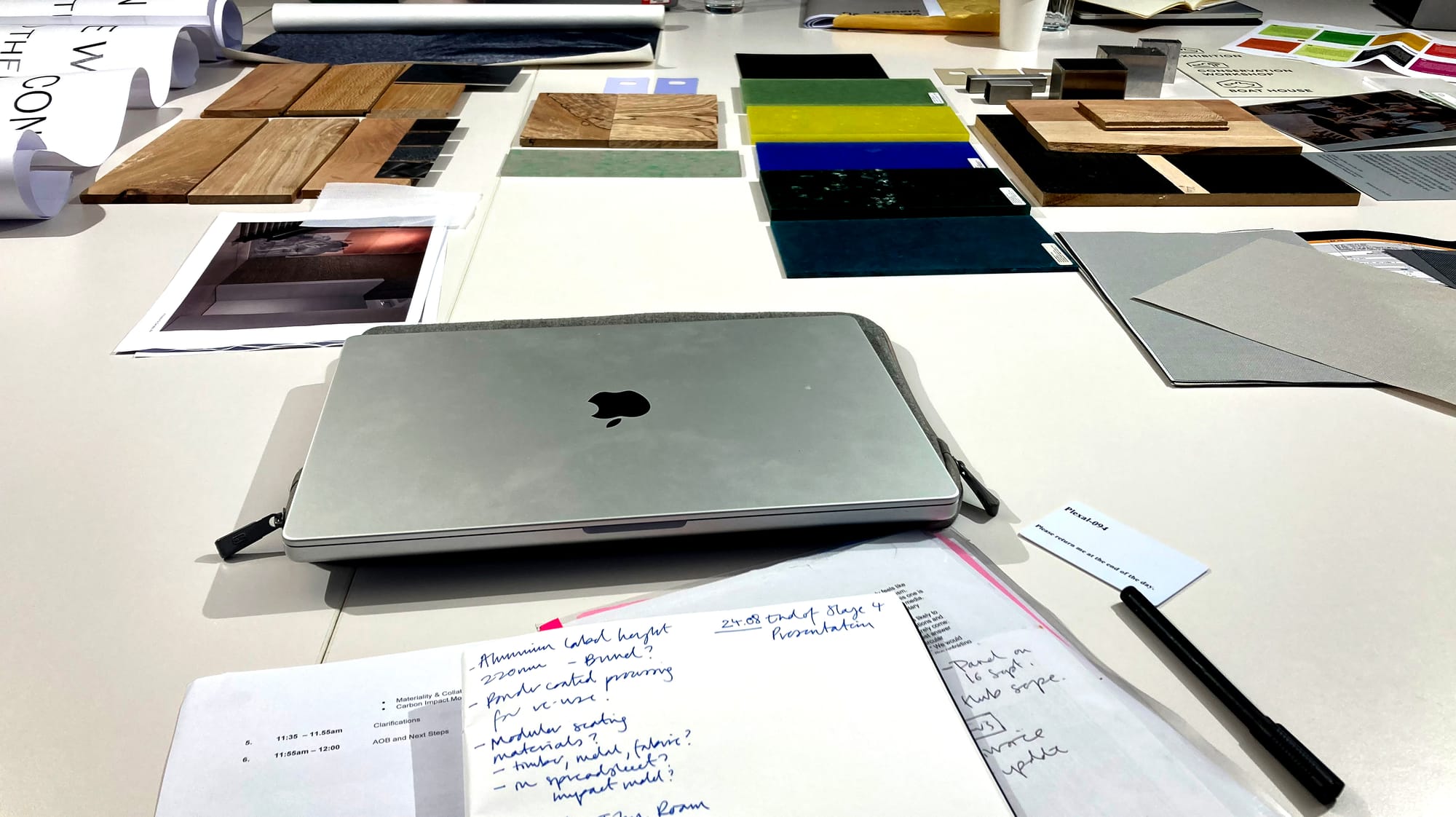
To investigate the potential environmental impact from the two permanent galleries URGE developed and adapted their proprietary ‘Exhibition Carbon Assessment Tool’ to enable the V&A to model carbon emissions through the RIBA stages to be able to benchmark the project and to support decision making during the design process.
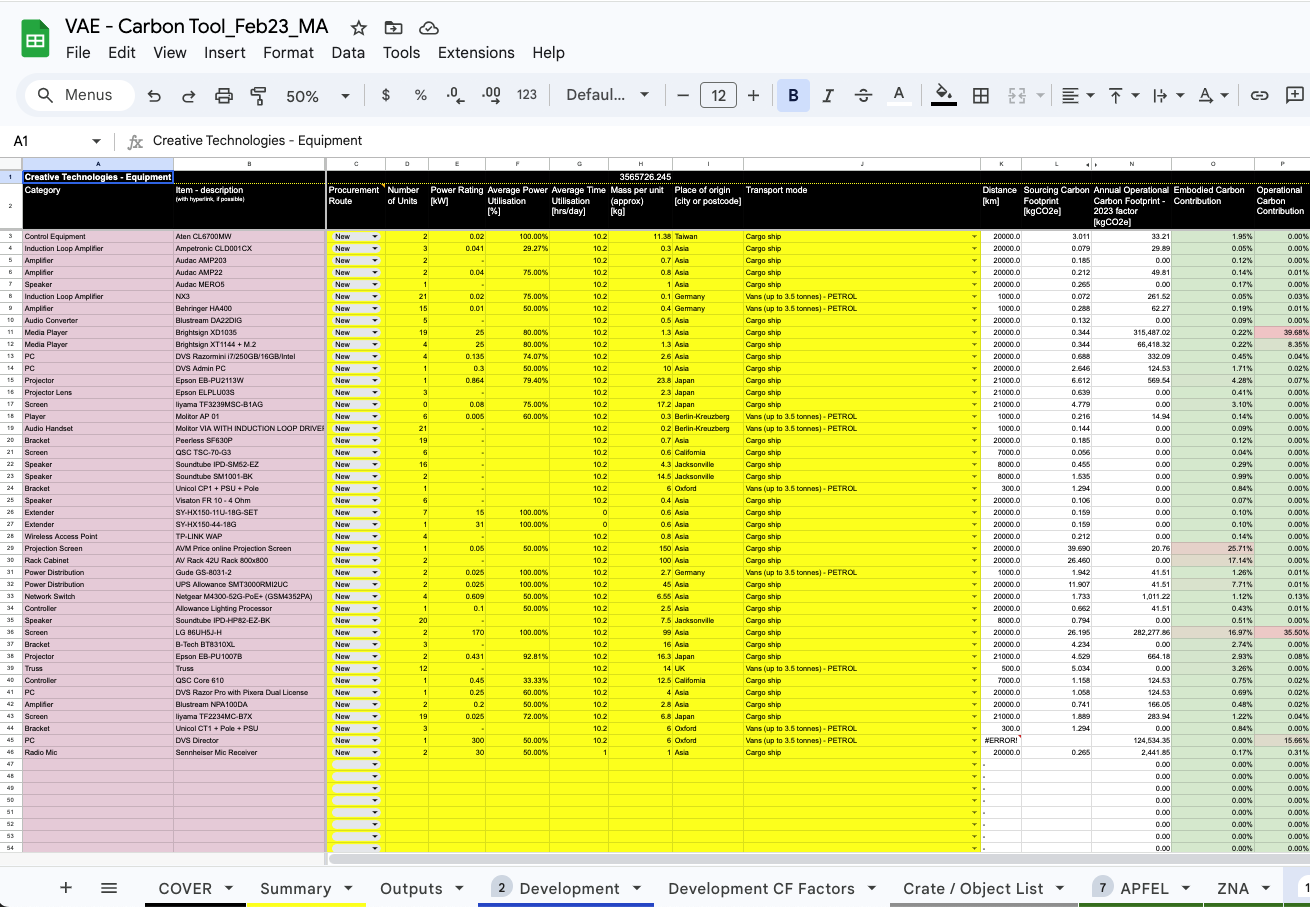
Informed by the V&A's Sustainability Plan 2021-24 advising a focus on maximising social and environmental value, recording energy consumption and carbon emissions, and ensuring resource use and end-of-life impacts, URGE recommended and actioned strategies across the areas of procurement, energy & carbon, materials, AV & lighting equipment and communication.
Recommendations and interventions included collaboration with LLDC energy provider to accelerate the roadmap to net zero to reduce operational carbon. The reduction of embodied carbon through low impact material choices, and minimising the use of virgin materials to enable locking carbon emissions into built structures. Focusing the design on circularity and inclusion of digital product passports for all interior structures.
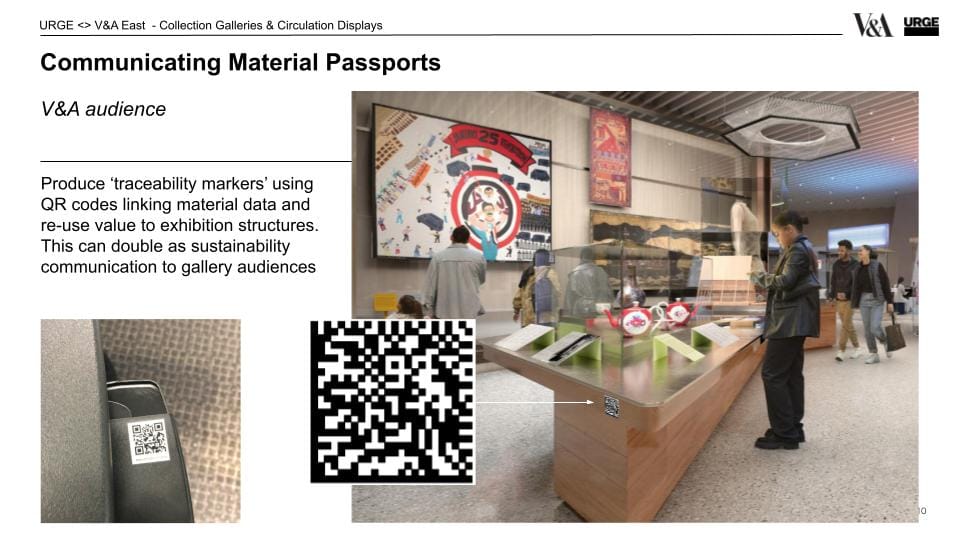
A key project activation was working with second life material CLT via Colin Rose form ReLondon and exploring it's inclusion in the project via a Hackathon with local educational partners UCL, and students from the University of Brighton guided by Gareth Owen Lloyd.
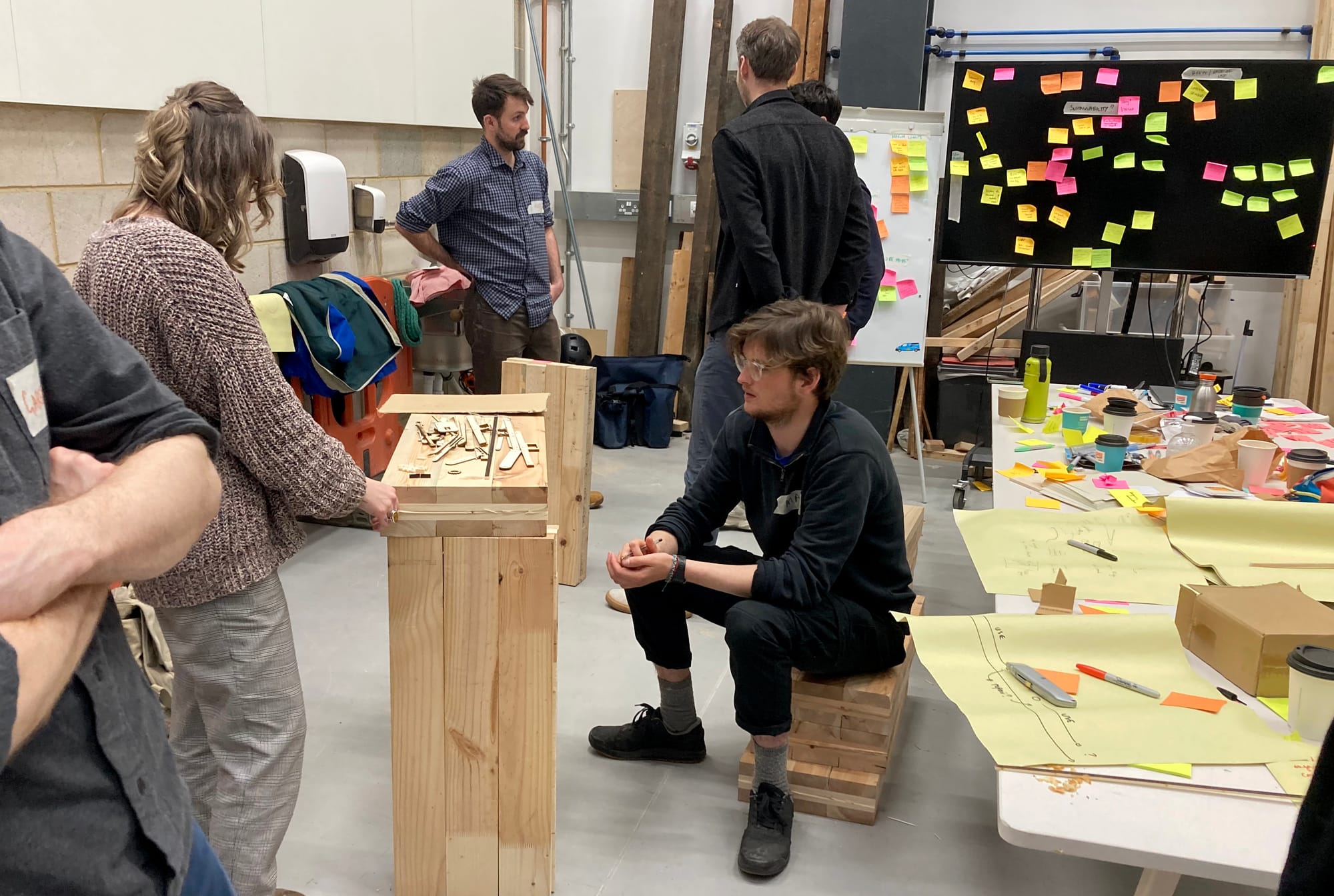
Urge recommended the opportunity to set up a material reuse system across V&A estates, and catalogue existing waste material streams. Whilst including Smile Plastics in the conversation there was the opportunity to enable an educational polymer waste collection project with a local community to turn collected polymers into Smile Plastics to be used in the exhibition build.
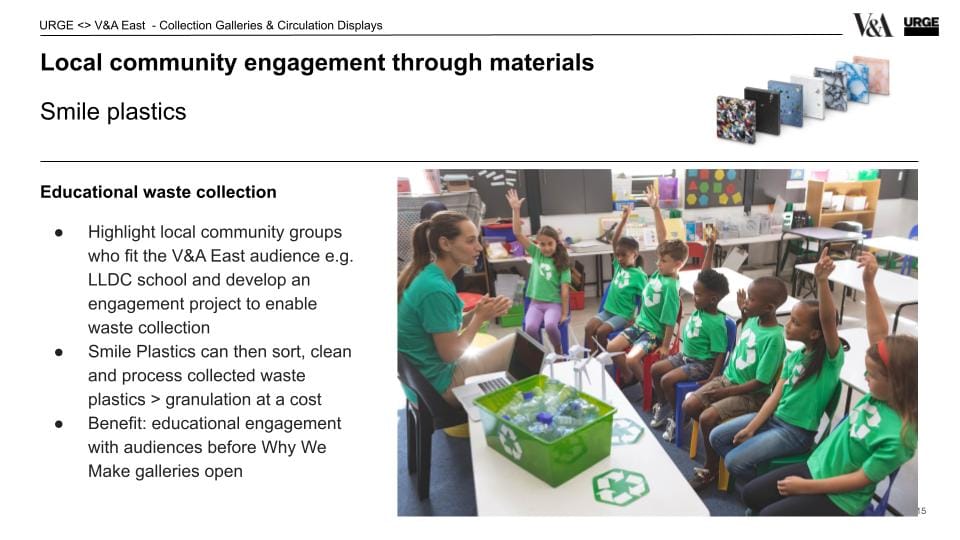
Carbon emission modelling on the Why We Make Galleries was the first time the V&A have attempted to track Scope 3 carbon emissions on the design of a permanent gallery.


